AARP Hearing Center


Assistance for people with vision impairment has come a long way in recent years. Before tech transformed health care, the main option for vision assistance was magnifying lenses. Today's tools include not only better magnification devices, but also apps and other products that use audio or tactile, rather than visual, feedback.
“These kinds of things put the zest and joy back in life for people who think they’ve had to give up some things,” says Neva Fairchild, an independent living specialist with the American Foundation for the Blind who is herself visually impaired. Fairchild was able to read a Valentine's Day card from her daughter for the first time this year using an app called Seeing AI (more on that below).
Among the latest and most interesting innovations:
Improved electronic devices
Many easily accessible and fairly inexpensive electronic devices, such as iPads and Kindles, have integrated features that help those with vision impairment, such as font enlargement — a huge help even for people who develop the common presbyopia that comes with aging. Dictation technology for smartphones is improving too, says Fairchild. “I can do a lot with my iPhone without ever using my hands to interface with the screen.”


Video magnifiers
These devices allow you to place printed materials on a scanner and see them, magnified, on a screen. “They can be handheld, making them easy to use for spotting, and portable, or mounted on a stand, which helps when reading for a longer period of time,” says Ming Wang, an ophthalmologist and founder of Wang Vision Cataract and LASIK Center in Nashville, Tenn. The stand-mounted magnifiers often have a text-to-speech function, which reads the text aloud (a capability known as optical character recognition or OCR). Some can also convert black text on a white background to white text on black, which is easier for some people to read. Popular models include the Pebble HD (which is handheld) and the Merlin elite (used on a desktop).



















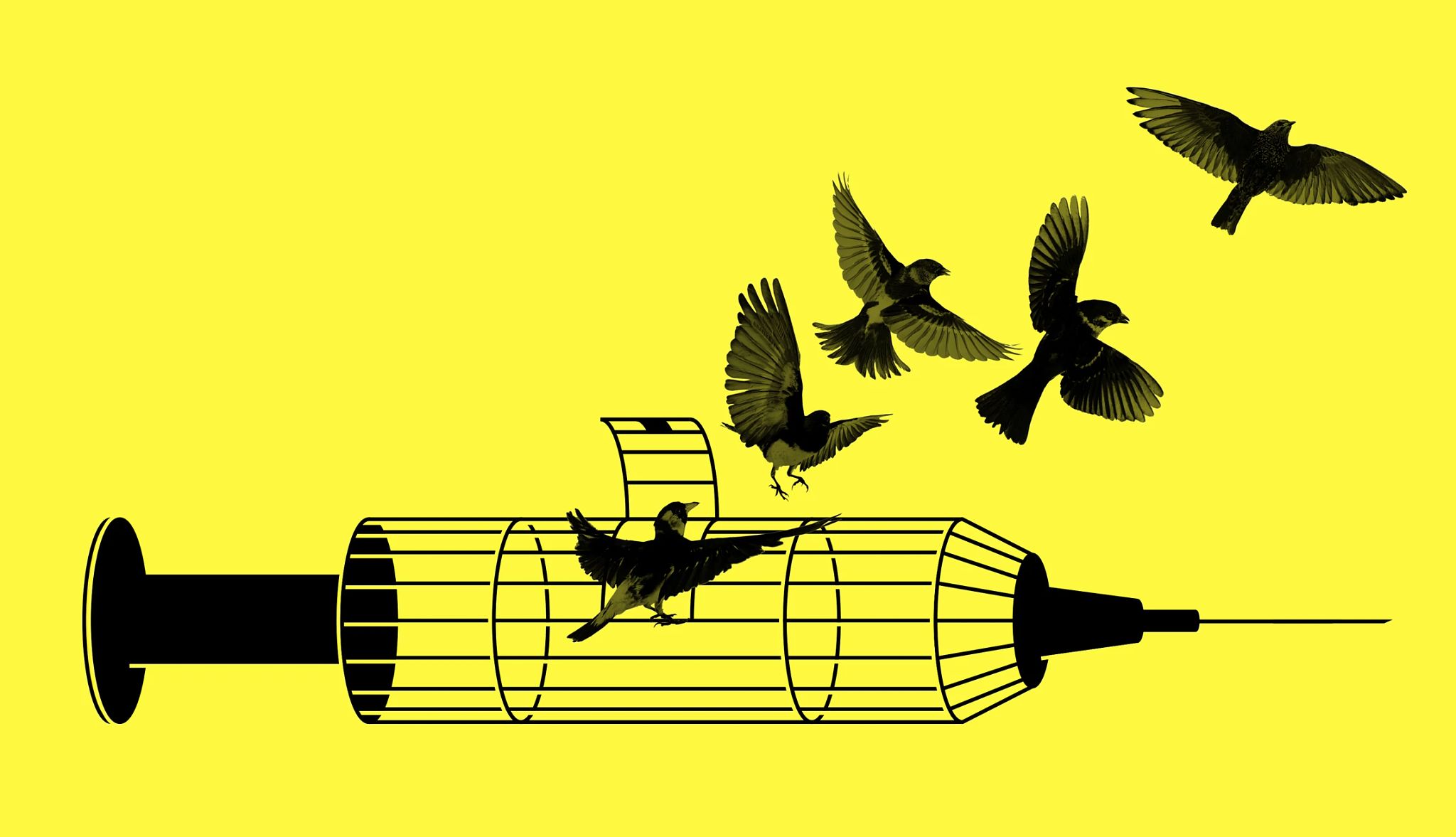




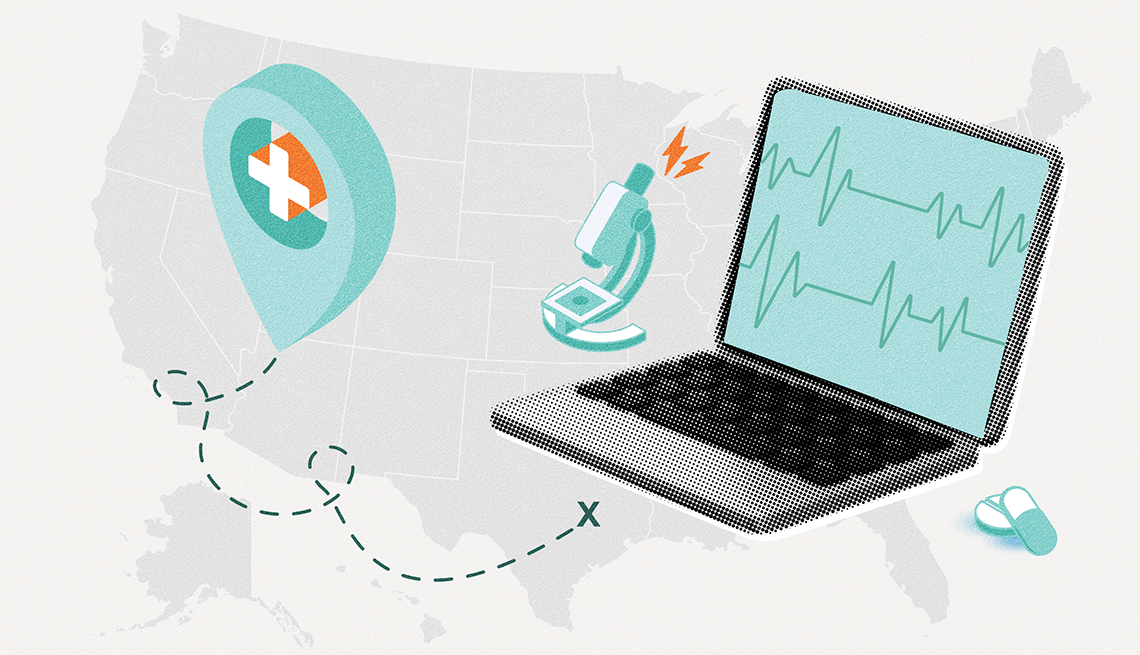






.jpg?crop=true&anchor=13,195&q=80&color=ffffffff&u=lywnjt&w=2008&h=1154)



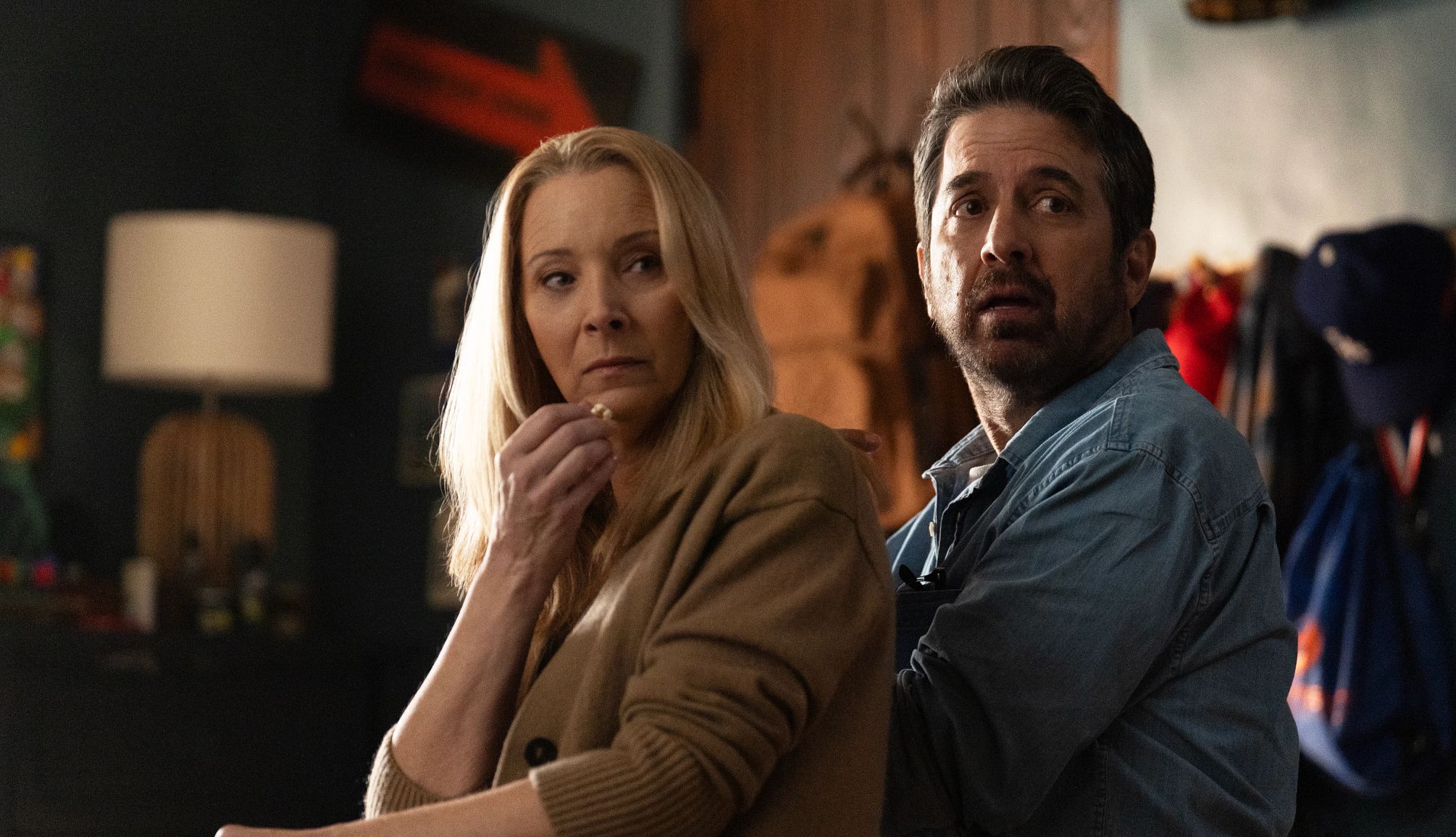
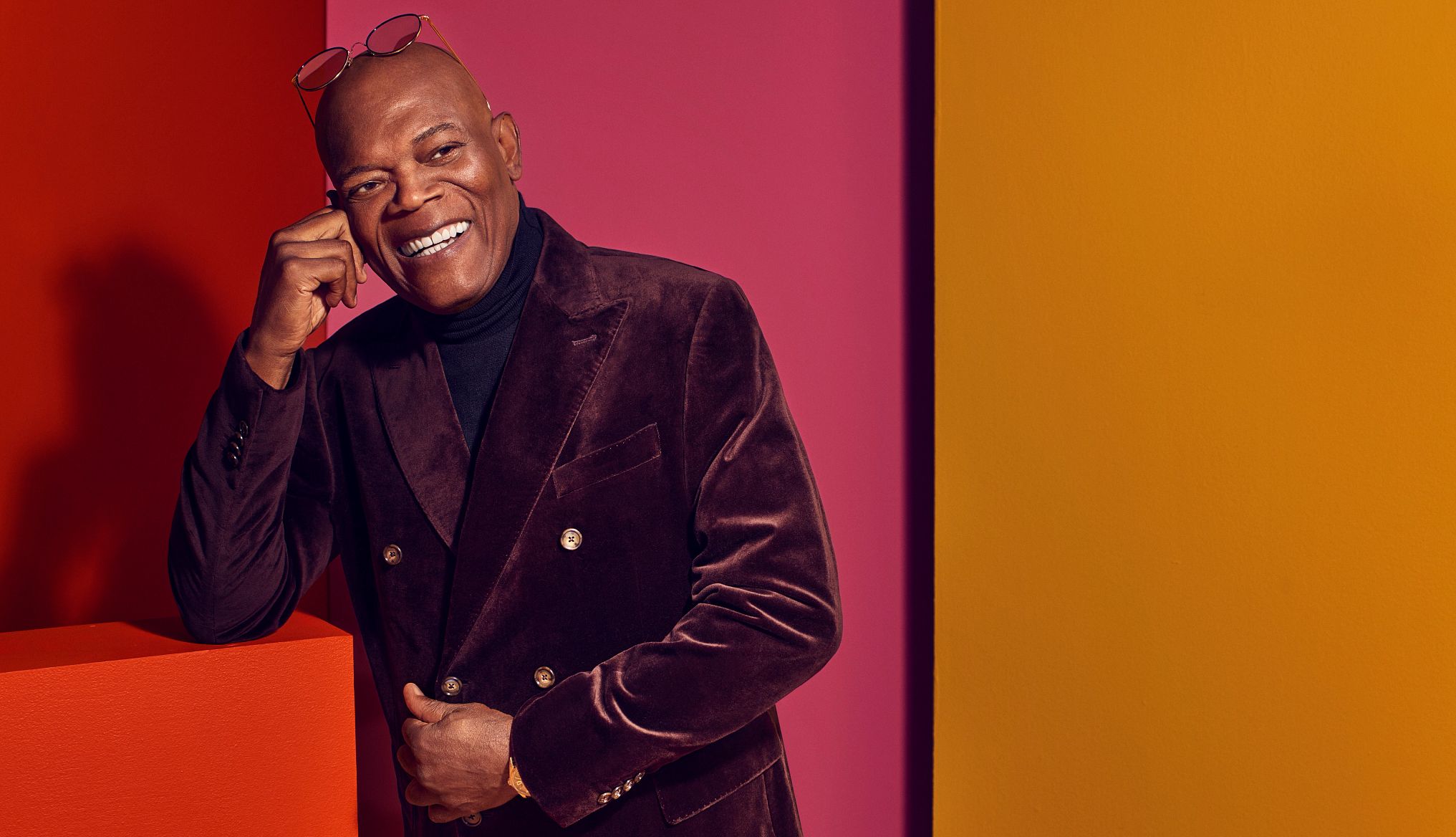







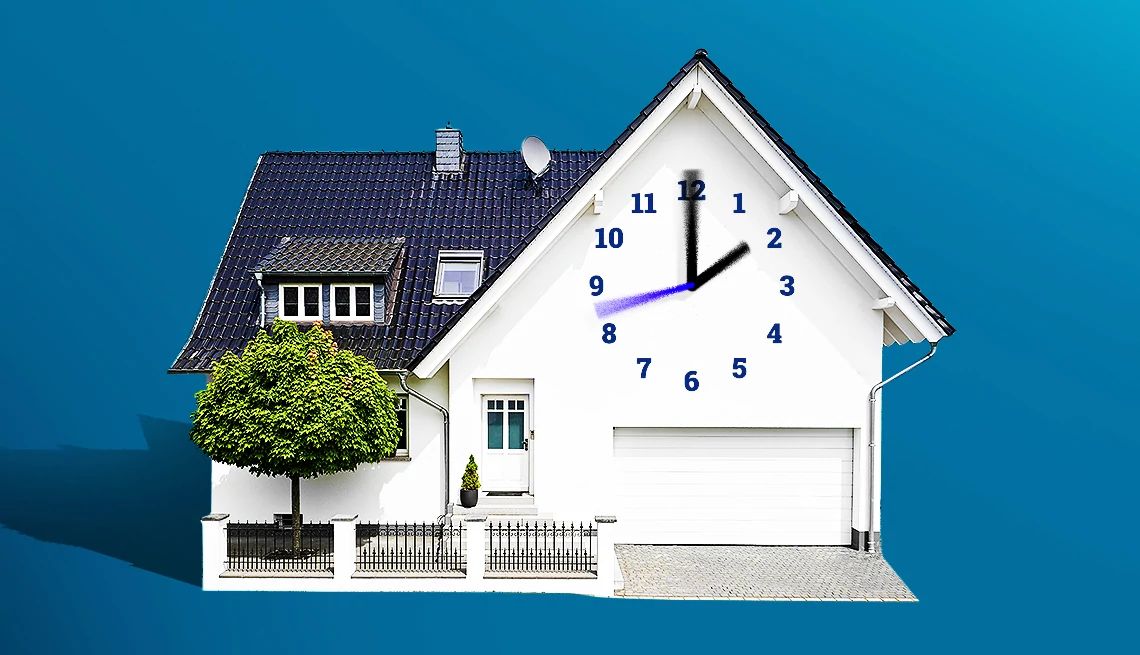

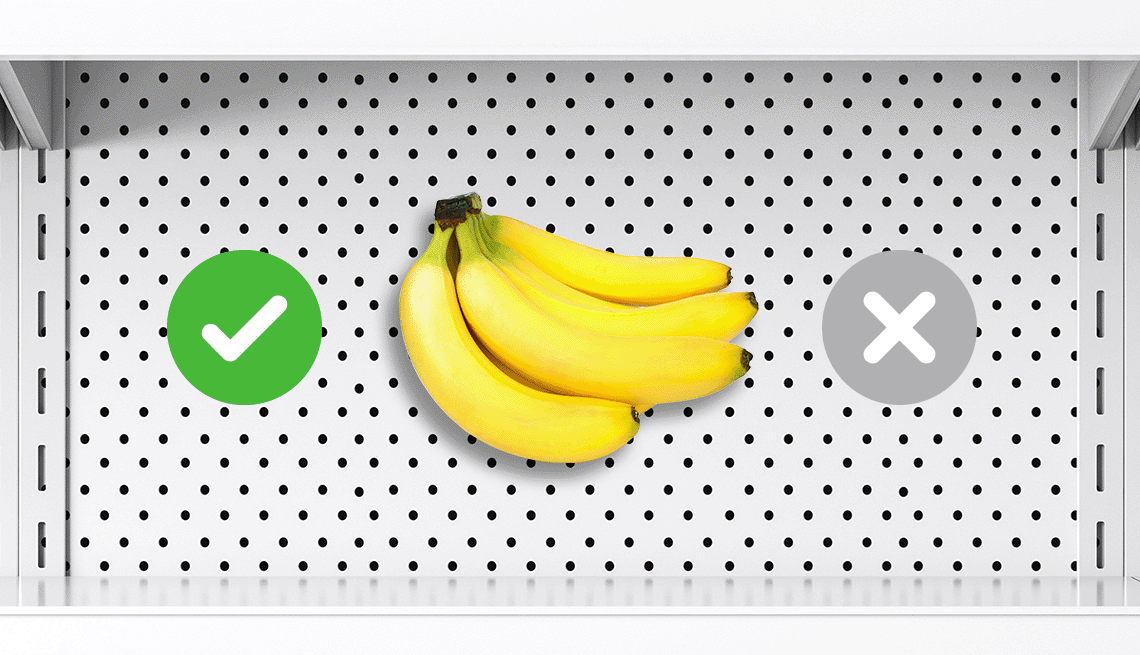

















More on health
New Treatments for Eye Conditions
Vision problems might seem inevitable with age, but recent advances may lead to a clearer futureAfter Vision Loss, Classical Violinist Uses Tech to Keep Playing
Alison Dalton never lost sight of her musical dreams